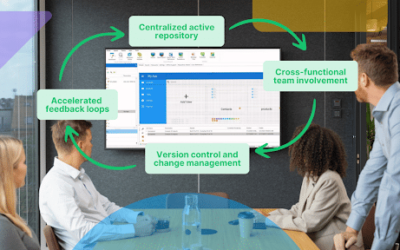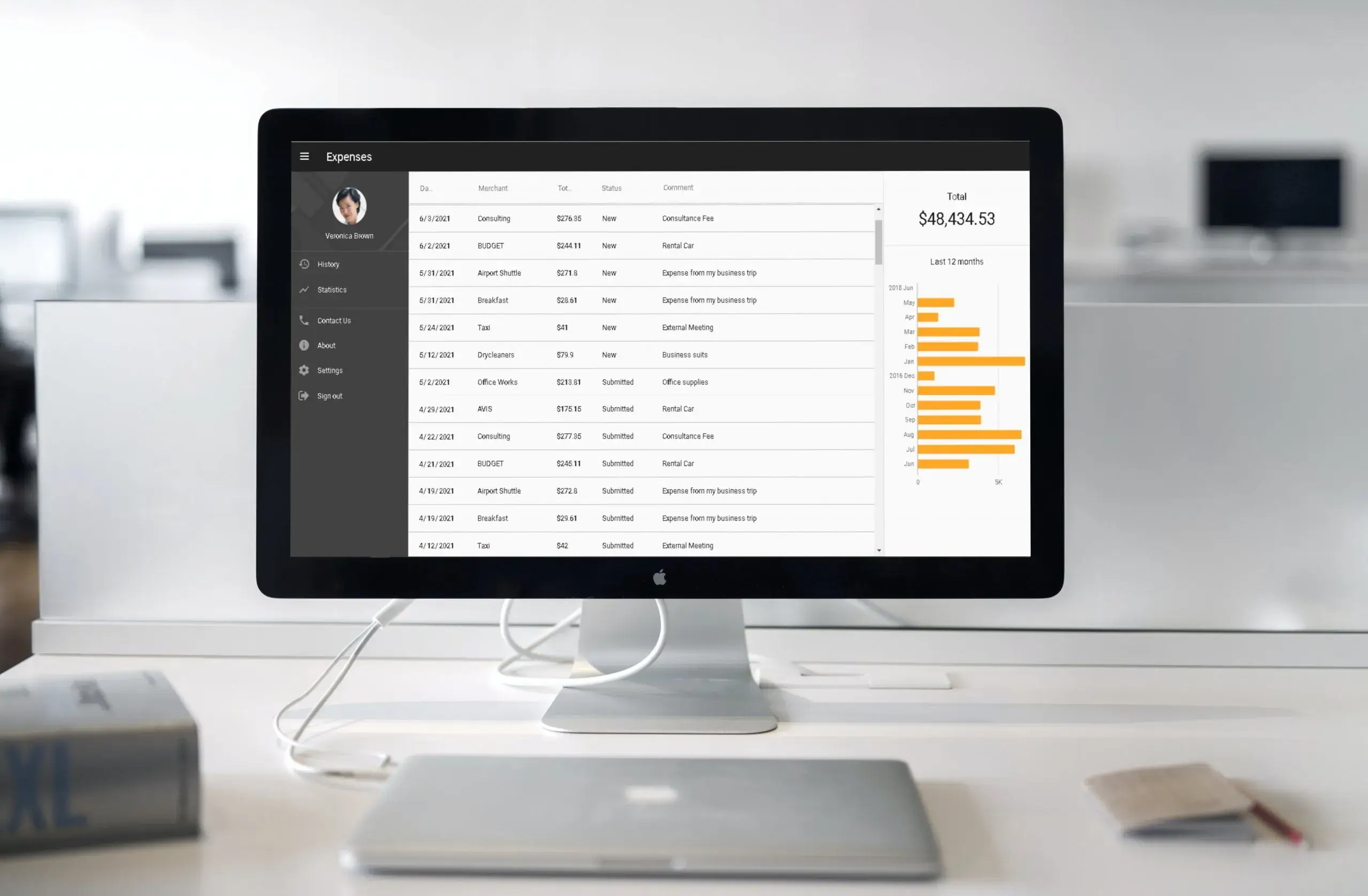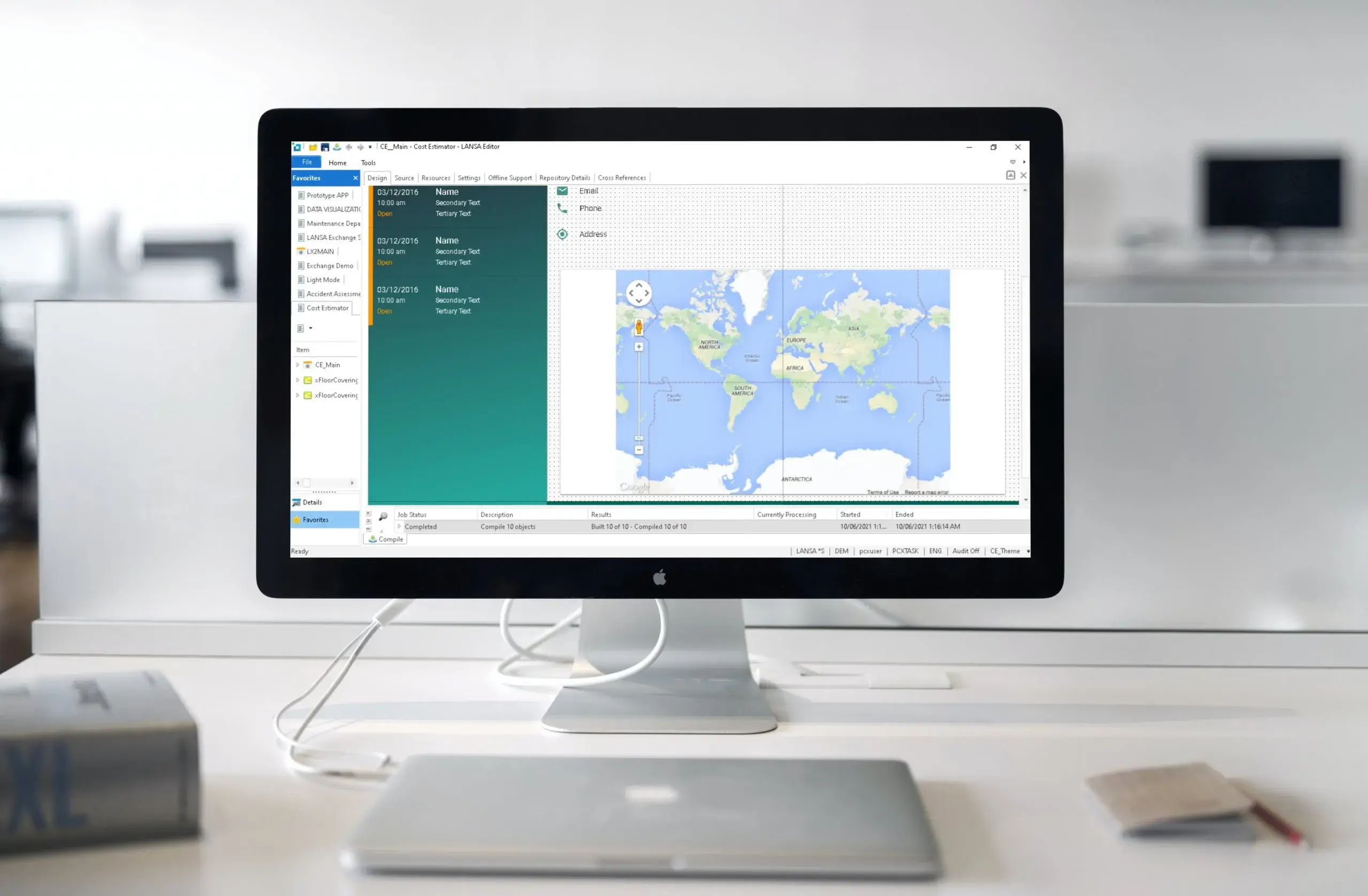Over the years, IBM i platform has proven itself as a powerful enterprise solution and worthwhile investment for thousands of companies across multiple industries. Originally introduced more than three decades ago, IBM i managed to stay relevant and popular thanks to continuous upgrades, revisions, and modernization efforts driven by a desire to maximize the productivity benefits that can be achieved by utilizing IBM i systems.
Today IBM i maintains its position as one of the leading enterprise platforms used by large and small organizations around the globe to power some of their most critical operations. And has a solid potential to stay popular for years to come thanks to constant improvement focused on extending the core strengths of IBM i such as seamless compatibility, security and scalability.
Does IBM i infrastructure have RPG development risks?
Technologically, IBM i certainly does have a number of considerable strengths, making its implementation by an organization a good long-term investment. But if you look at it from an IT management perspective, it also has several crucial weaknesses that should not go unnoticed.
The reliance of IBM i platform on RPG (the Report Program Generator) procedural programming language could definitely be viewed as such. The need for organizations to hire RPG developers in order to support the existing IBM i-based infrastructure and develop new enterprise applications for this system is a very obvious risk.
Here are some of the main challenges related to RPG language development in the modern-day business environment.
- RPG programming is in decline.
First introduced as far back as the 1960s, RPG programming has been on a consistent decline for over a decade now, along with several other programming languages that are considered to be legacy, such as COBOL and Fortran. The existing talent pool of RPG programmers is shrinking year after year as senior RPG programmers increasingly retire, while young generations of coders understandably choose to focus on learning newer and more advanced programming languages.
- RPG programmers are expensive.
As a direct consequence of the rapidly shrinking talent pool of legacy developers, hiring RPG programmers is also getting more expensive each year. According to Glassdoor, currently the average salary for an RPG Programmer in the United States is $81,796 per year, and it is expected to grow as there are fewer and fewer coders available on the market.
- RPG programmers lack skills and knowledge beyond IBM i development.
As an addition to declining availability and growing costs, the programmers that specialize in RPG language usually have a deep knowledge of IBM i and the development of applications for this platform, but lack skills and expertise when it comes to other modern technologies widely used and implemented today as part of digital transformation efforts. For example, companies across industries are increasingly using mobile applications as a way to streamline business processes and improve employee mobility. And RPG coders, experienced in IBM i development, typically have little or no knowledge about building apps for mobile platforms such as Android and Apple iOS.
How can I minimize IBM i-related risks with low-code development?
In view of the above, it is understandable for IT managers of organizations relying on IBM i as part of their core IT operations to be concerned about the risks related to RPG development.
Luckily, these IBM i-related challenges can be minimized with the power of innovative low-code technologies, such as Visual LANSA, a cutting edge platform designed to enable simple development and delivery of new enterprise applications, as well as digital transformation and modernization of legacy tools.
Visual LANSA empowers your current RPG developers by providing them with a set of tools for creation of new universal enterprise solutions—such as mobile apps and other tools—without the need to learn any new programming languages or other coding techniques. It also supports simplified modernization of legacy IBM i apps and moving them to the cloud.
Here are several key reasons why utilizing Visual LANSA can help organizations to protect their investments in IBM i infrastructure for years to come.
- Rapid mobile app development.
LANSA platform provides its users with a specialized LongRange solution that allows programmers to develop and maintain feature-rich native mobile apps for Apple iOS and Android using LANSA’s accessible low-code methods. With LongRange, your RPG developers can start to work on the business logic and database without having to develop the actual services (such as touch-enabled user interface and other app functions). This way, even if your current developers are lacking relevant skills and knowledge, they still can be productive immediately, using the same programming model they already use and being well-equipped to trace and debug intuitively.
- No need to learn new programming languages.
With LANSA, programmers have no need to learn any new programming languages like Objective C for Apple development, Java for Android apps or JavaScript for web solutions. Knowledge of related web technologies such as HTML or CSS is also not required. Everything, from defining app logic to its deployment, can be done with LANSA’s low-code tools. A new app can easily be made available on multiple mobile platforms with your developers only having to maintain one set of LANSA source code to support it.
- No need for costly IT infrastructure updates.
Finally, LANSA is designed to use your existing systems and developer skills, so it doesn’t require organizations to make costly investments into IT infrastructure updates. Helping enterprise technical teams modernize and expand the functionality of the IBM i for over 30 years, LANSA has multiple tools to enable the digital transformation of your IBM i systems at little to no cost.
Are you ready to maximize your IBM i investment?
Even though IBM i platform, being more than three decades old now, certainly raises some legacy-related challenges for organizations, the availability of modern low-code solutions allows you to solve these problems and protect existing IBM i investments. In addition to that, utilizing Visual LANSA platform is a simple and cost-efficient way to kickstart digital transformation efforts of IBM i systems to make sure your IT infrastructure is fully compatible with latest business technologies and enterprise solutions.
Ready to get started? Contact us to find out more about how we can help.


























